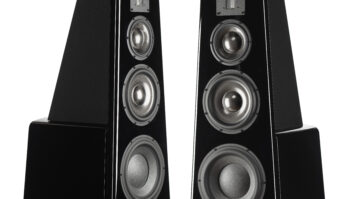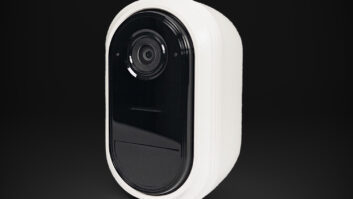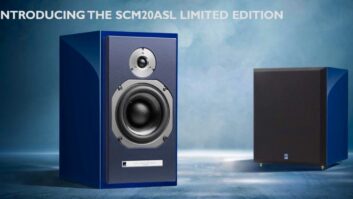New York — Nokia unveiled the world’s first EDGE-equipped smartphone, a camcorder-equipped model that AT&T Wireless will offer in late March or early April at an unspecified price.
Nokia’s 6620, equipped with business and entertainment applications, is based on the Symbian OS and uses EDGE (Enhanced Datarates for GSM Evolution) to download and stream data at an expected average throughput of 50-65kbps, with 100kbps bursts, in AT&T’s GSM/EDGE network, an AT&T spokesman said.
By the end of the year, AT&T expects suppliers to offer EDGE handsets that download data at an average 100-130kbps, with 200kbps bursts. The handsets’ speed will match the speed of its EDGE PC Card.
AT&T’s GPRS (General Packet Radio Service) phones, in contrast, currently download at average throughputs of 20-25kbps, the company said.
Nokia’s triband 850/1800/1900MHz phone is the first EDGE-equipped smartphone in the world and, unlike other camcorder phones in the U.S., is capable of streaming live full-motion video to another smartphone or to a PC, Nokia imaging devices director Randy Roberts told TWICE. Soon after the phone ships, he said, a downloadable application will be available to deliver the ‘see what I see’ (SWIS) video-streaming capability.
Because of bandwidth constraints, the phone won’t provide two-way videocalls, but future Wideband-CDMA phones will be able to deliver that feature, he noted.
Included RealOne software, however, will give subscribers the ability to download or stream audio and video, including live video news broadcasts, at better quality than GPRS networks can, Roberts said. Streaming video will be ‘a very legitimate service,’ he added.
Unlike other camcorder phones that capture only 15-second video clips, the 6620 will store up to 30 minutes of video at resolutions up to 176×144 (QCIF) in its embedded 12MB memory and included 32MB MMC card, Roberts said. The video can be sent as an MMS (multimedia messaging service) message to other phones or PCs, he said.
For multimedia messaging, the 6620 uses the SMIL (synchronized multimedia integration language) standard to transmit a slideshow of pictures integrated with audio and text, not just a single picture integrated with audio and text, said Roberts.
Other standard features include 65K color TFT screen, 640×480 digital camera with 2x digital zoom, organizer functions, web browser (accessing sites marked up in HTML, xHTML, and WML), decoding of video (in the MPEG-4, 3GPP, and Real codecs), and decoding of audio in the MP3 and AAC formats.
Included RealOne Player software and future services will let users download or stream audio and video over the air. ‘We look forward to bringing consumers services…very soon,’ said Real mobile services director Mark Donovan in a press briefing here. Potential streaming services include on-demand broadcasts, live broadcasts, and music videos.
The 6620 will ‘make on-the-go more productive and more fun,’ he added.
For the productivity-minded, the 6220 includes standard organizer functions. To synchronize organizer data with a desktop’s personal information manager (PIM) application, the phone offers Bluetooth, infrared, and USB connectivity. Using the open SyncML standard, it also synchronizes over the air with networked groupware applications.
Business users can download clients to access office and personal SMTP, POP3, and IMAP4 email accounts; access a virtual private network, and send instant messages to other wireless devices and to subscribers of major instant-messaging services, including AOL’s. Other optional clients let users open and view Microsoft Word, PowerPoint, and Excel files but not alter them.
Applications can be downloaded in Symbian and Java form.
The phone weighs in at 4.37 ounces and delivers up to four hours of talk time or 8.3 days of standby time on its 850mAh lithium-ion battery.
Other features include five-way joystick navigation, internal antenna, vibrating alert, speakerphone, voice-activated menu command, voice recording, and Bluetooth, infrared, and USB connectivity.
Users can take advantage of the phone’s EDGE capability in all of AT&T’s GSM markets, which reach 220 million of the 280 million people in its network, a spokesman said.












